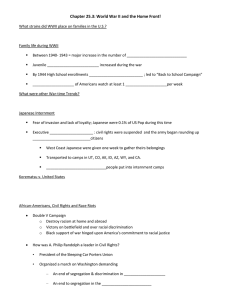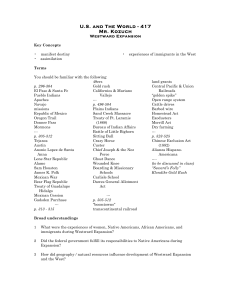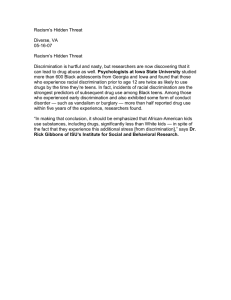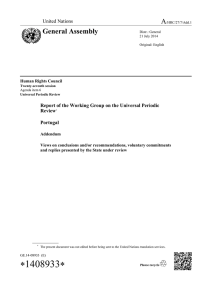Binder
advertisement
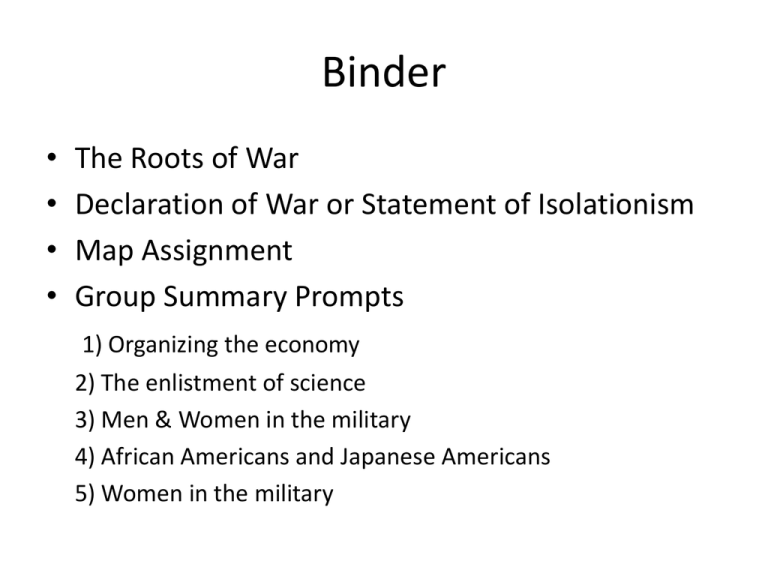
Binder • • • • The Roots of War Declaration of War or Statement of Isolationism Map Assignment Group Summary Prompts 1) Organizing the economy 2) The enlistment of science 3) Men & Women in the military 4) African Americans and Japanese Americans 5) Women in the military The War at Home The New American Life • Residents in war production cities – had to cope with new workers (mostly unattached males, young men waiting for their draft call, and older men without their families) • Fear of sexually transmitted diseases • Lives put in fast forward: increase in marriages; 1.2 million • Mixed effects on children: “latchkey kids” of working mothers had to fend for themselves, middle class kids worked to support the war effort (fund raisers, salvage drives) The New American Life • Government censorship to control war images and use of propaganda • The Office of War Information – wanted propaganda in feature films • Hollywood obliges with deluge of jingoistic films • Patriotism in film softens through the war and switches to comedy to keep spirits up New Workers • Women in the work force – replaced men in industrial workforce • Rosie the Riveter (journeymen jobs involving welding and skilled jobs) • Higher pay • By 1944 – 19 million women held paid jobs (up 6 million form 1940) • Women’s share of gov’t jobs increased from 22 to 33 percent • Mexican American Workers – primarily in farming • Bracero program – Mexican gov’t recruited workers to come to the U.S. on six to twelve month contracts New Workers • Native Americans – 40,000 moved to off reservation jobs (worked in military supplies) • War experience accelerated the fight for full civil rights • Congress made Indians citizens in 1924 – but several states continued to deny them the right to vote • National Congress of American Indians, 1944 – efforts led to Supreme Court decision to compel states to allow Indians to vote New Workers • African Americans found economic advancement through war jobs • Labor leader A. Philip Randolph of the Brotherhood of Sleeping Car Porters worked with Walter White of the NAACP to plan “Negro March on Washington” to protest racial discrimination by the federal government • President FDR issued Executive Order 8802, June 1941 – barring racial discrimination in defense contracts and creating the Fair Employment Practices Committee (FEPC) “No discrimination on grounds of race, color, creed, or national origin.” Clashing Cultures • Migration of men and women in search of work during the war led to clashes with traditional boundaries of race and region • African-American migration from the South collided with white workers seeking the same jobs • Racial violence in over 50 cities in 1943 alone • Zoot Suit Wars: Los Angeles, Mexican Americans and Whites erupted into widespread violence including over 400,000 people Extra Credit Assignment 1. Listen to the interview below by pressing play. 2. Write a short summary (2-3 paragraphs) of the contents of the interview. 3. Write a short passage sharing your thoughts about why these men did what they did, and how they made a lasting contribution to the legacy of WWII.
